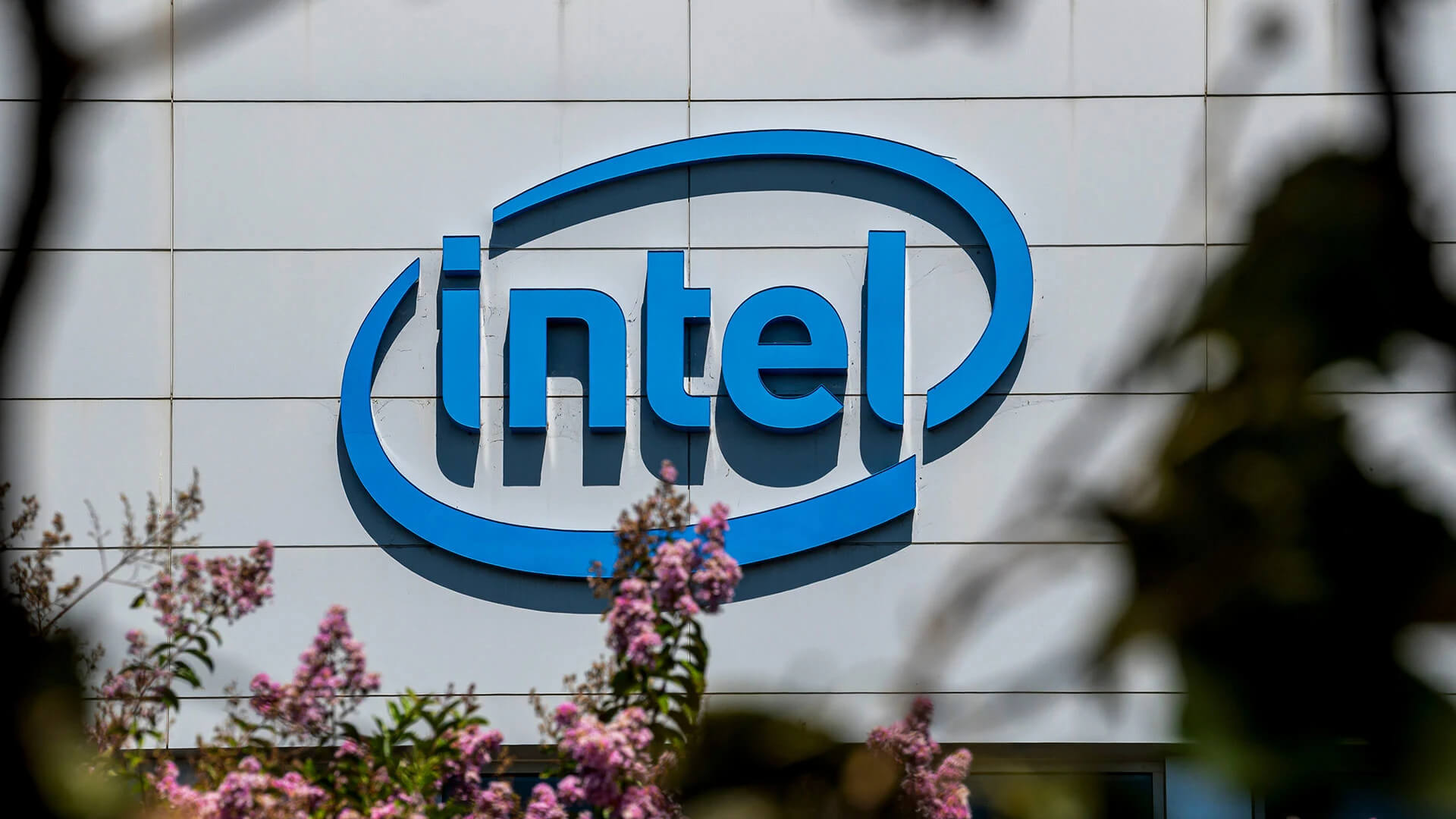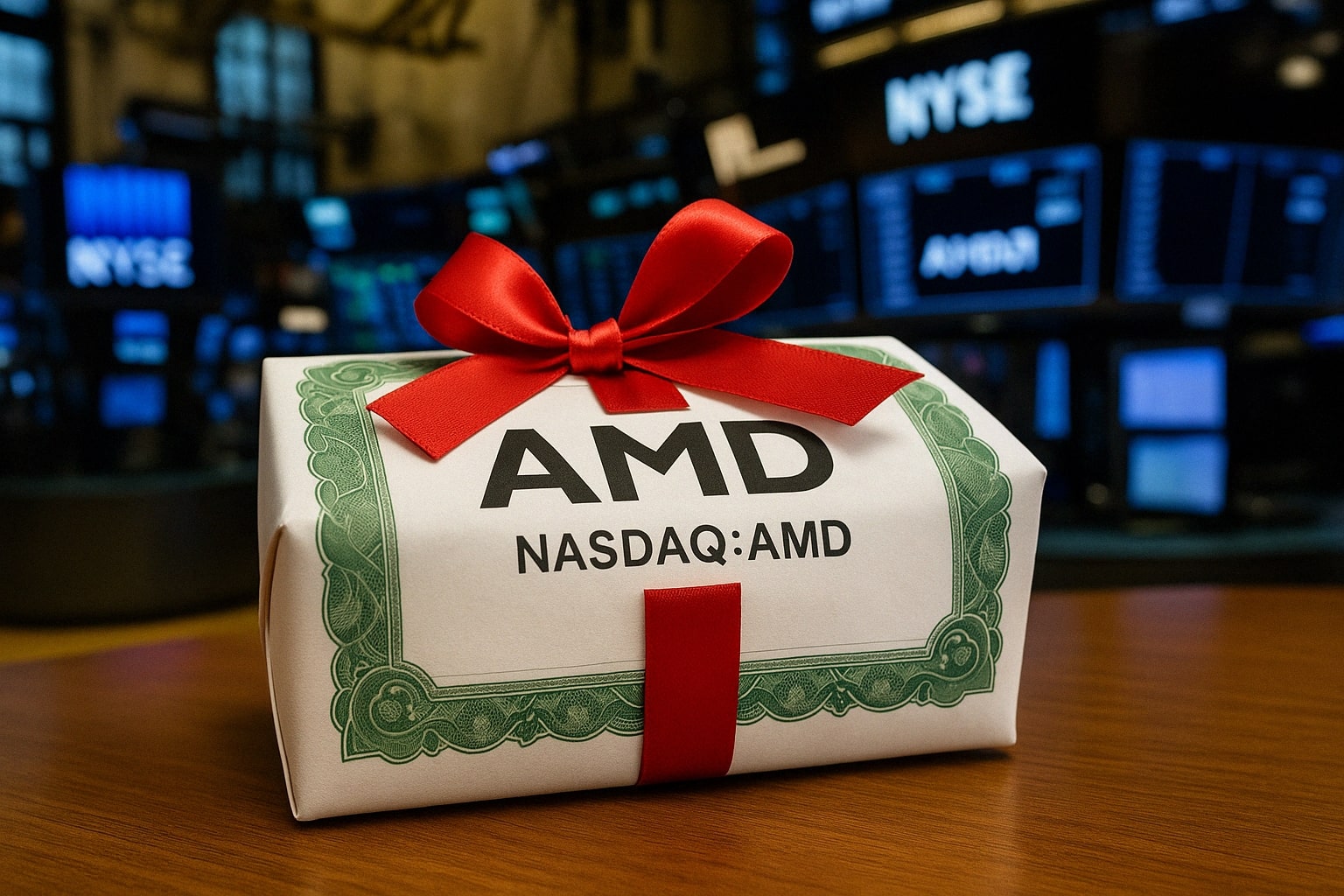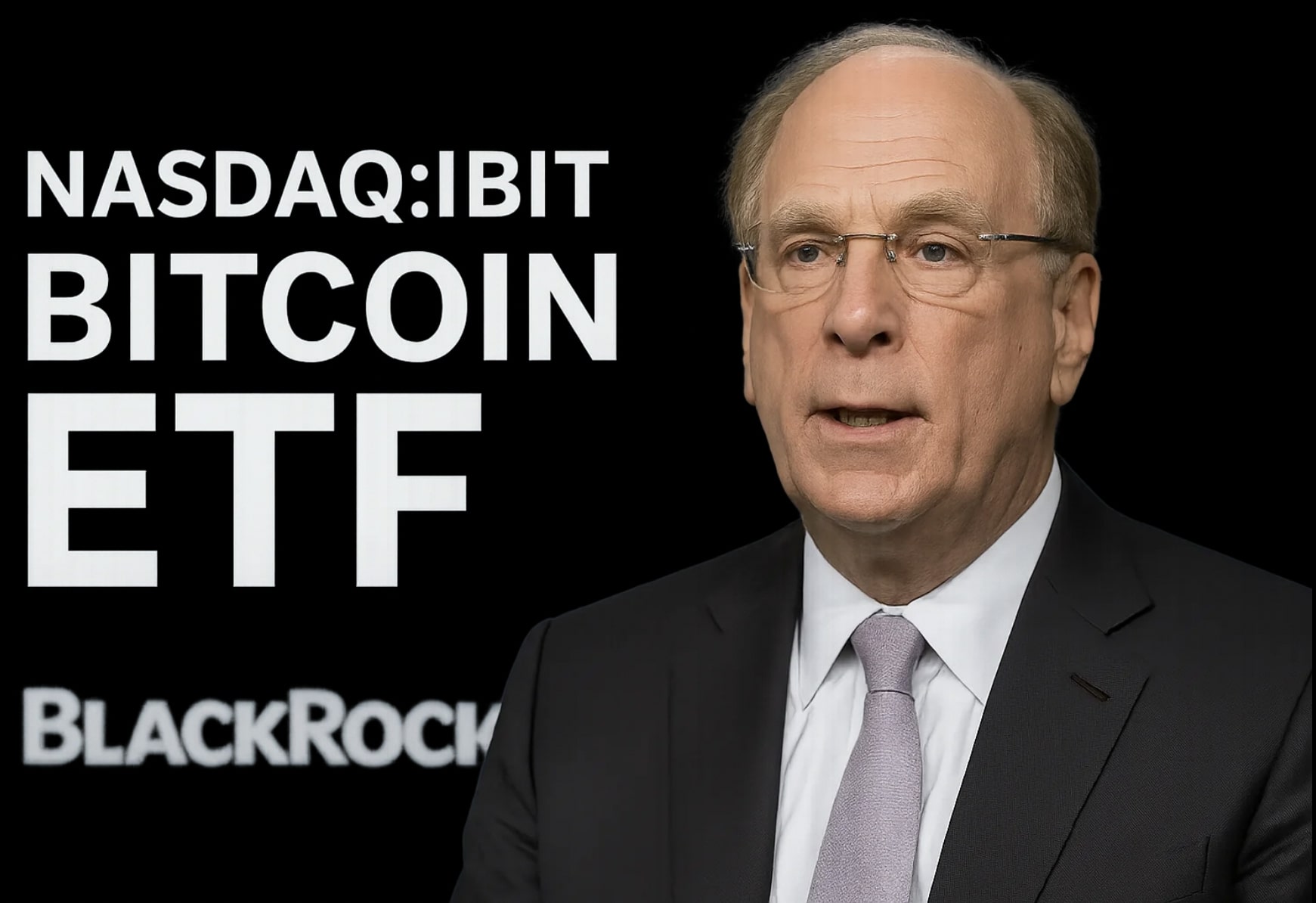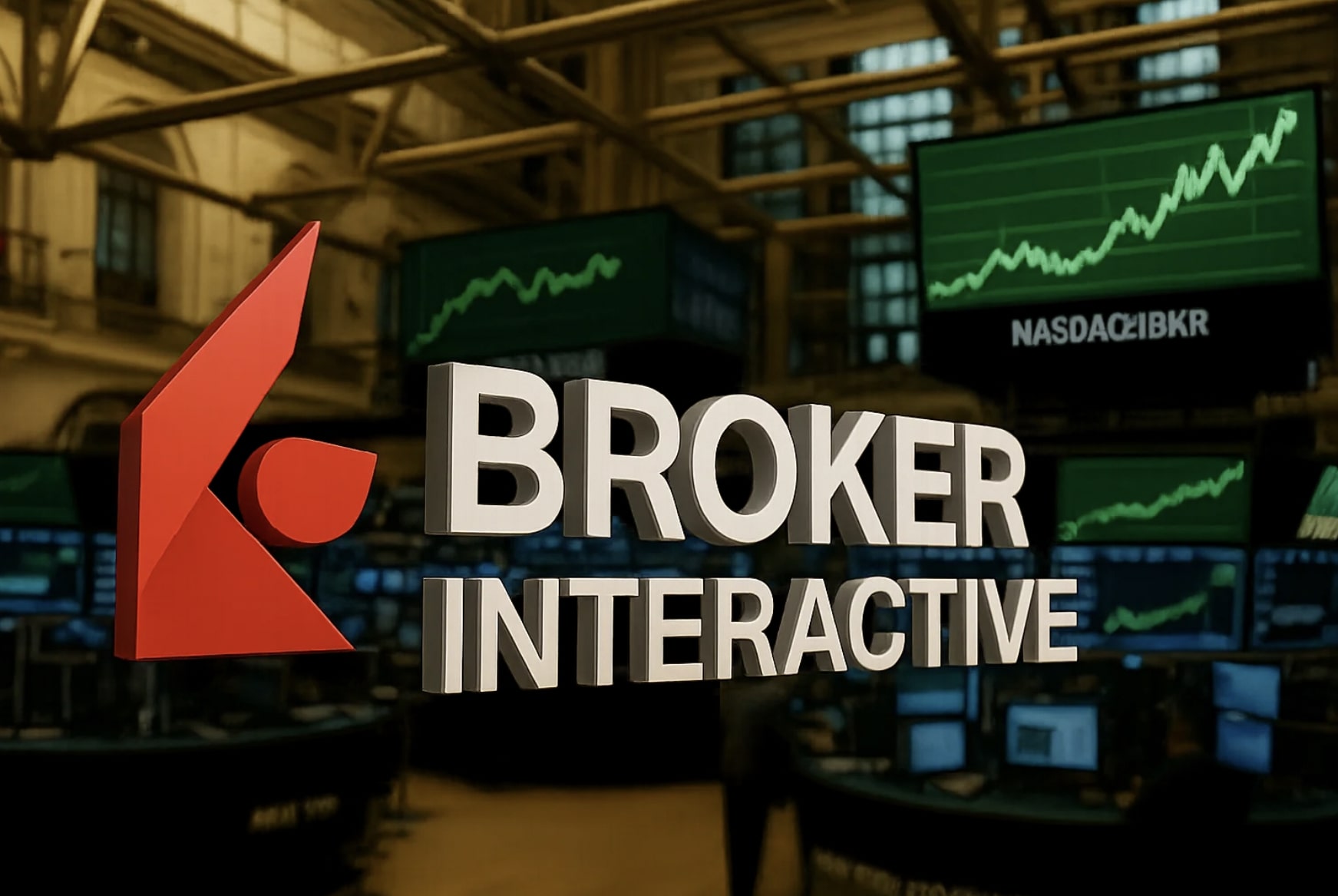
Intel (NASDAQ:INTC) Battles Headwinds with Bold Restructuring and AI Focus
Facing Strong Competition, Intel’s Multi-Year Turnaround Hinges on Aggressive Cost-Cutting and Expansion into Enterprise AI | That's TradingNEWS
Intel's Q3 Earnings: Striking a Balance Between Cost Management and Growth Targets
In its Q3 2024 report, Intel Corporation (NASDAQ:INTC) posted revenues of $13.3 billion, surpassing analyst expectations by $239.73 million. However, the non-GAAP EPS of $0.46 missed consensus estimates, reflecting Intel’s ongoing challenges amidst a turbulent restructuring phase. Despite a year-over-year revenue drop of 6%, management raised its Q4 revenue outlook, guiding between $13.3 billion and $14.3 billion, with a midpoint forecast of $13.8 billion, above Wall Street's previous estimate of $13.5 billion.
This Q3 performance, while underwhelming in certain respects, provided glimpses of Intel’s potential recovery trajectory. The company has outlined an aggressive cost-reduction strategy, trimming headcount by over 15% and reducing capital expenditures by 20% in an effort to strengthen long-term profitability. Notably, Intel’s Q3 included a $2.2 billion severance-related charge and other restructuring costs, signaling management’s firm commitment to realigning its business for greater efficiency.
Ambitious Foundry Aspirations: Aiming for Market Expansion by 2030
Intel's ambition to become the world’s second-largest foundry by 2030 remains a central pillar of its growth strategy, albeit a challenging one. Management has outlined plans to achieve $15 billion in annual foundry revenue by the end of the decade, positioning itself as a competitive alternative to TSMC, the industry’s dominant player. In support of this initiative, Intel has begun transitioning its wafer outputs to extreme ultraviolet (EUV) technology, a move expected to streamline production and boost efficiency over the long term.
Intel’s foundry aspirations face challenges, however, as many potential clients—including Nvidia, Qualcomm, and Broadcom—have been hesitant to adopt Intel’s foundry services due to its competing role in chip design. To address this, Intel plans to separate its foundry business from its internal chip design operations, a strategic move aimed at mitigating client concerns and encouraging wider adoption of its foundry capabilities.
Revenue Projections and EBITDA: A Conservative Yet Stable Outlook
Given Intel’s restructuring efforts and a streamlined product focus, the company anticipates substantial profitability improvements by 2026. Revenue is projected to reach $59.5 billion in 2026, up from an estimated $55.5 billion in 2025. While Intel’s EBITDA margin is expected to climb to 35% by the end of 2026—up significantly from its current trailing 12-month margin of 13.85%—this forecast remains conservative, acknowledging potential costs and challenges associated with its operational overhaul.
Using a two-year discounted EBITDA model with a 9.48% WACC, Intel’s enterprise value is estimated at $152 billion by 2026, translating to approximately 20% growth from its current valuation. This estimate underscores Intel's steady, if cautious, value proposition for long-term investors willing to weather near-term challenges.
Strategic AI Focus: Targeting Enterprise Over Hyperscaler Markets
Intel’s pivot toward the enterprise market, rather than hyperscaler giants, represents a calculated shift in its AI strategy. With hyperscalers like Amazon, Google, and Microsoft heavily investing in AI infrastructure, Intel has identified a distinct niche among enterprises hesitant to invest heavily in AI but interested in smaller-scale, cost-effective solutions.
Intel’s Xeon processors, infused with AMX (Advanced Matrix Extensions), along with its Gaudi AI accelerators, form the foundation of its enterprise-targeted AI portfolio. While hyperscalers demand leading-edge AI performance, enterprise clients often seek “good enough” solutions that balance cost and efficiency—a segment where Intel’s offerings are well-positioned.
The popularity of large language models (LLMs) like ChatGPT has spurred interest in smaller, enterprise-specific models known as Small Language Models (SLMs). Intel's Gaudi processors are particularly suited for these applications, offering enterprises a more accessible entry point to AI without the high costs associated with top-tier GPU solutions from Nvidia. As enterprises increasingly explore SLMs and Retrieval-Augmented Generation (RAG) architectures, Intel’s enterprise ecosystem, fortified by strong partnerships with IBM, Accenture, and Infosys, stands to capture a share of this expanding market.
Cost-Cutting and Restructuring: Laying the Groundwork for Profitability
In an effort to improve its financial footing, Intel is undertaking sweeping cost-cutting measures expected to reduce its operating expenses to $17.5 billion by 2025. These reductions include a focus on core segments like AI and foundry services while trimming less profitable areas. Moreover, the company’s shift to EUV lithography technology is poised to lower production costs and streamline capital expenditures in the coming years.
During Q3, Intel reported a significant $10 billion deferred tax asset impairment, $2.6 billion goodwill impairment related to its Mobileye business, and a $2.2 billion severance charge. These adjustments highlight the extent of Intel’s restructuring, but also affirm management’s commitment to realigning operations for a leaner, more focused company.
Despite these charges, Intel’s cost-cutting efforts are likely to drive gradual improvements in profitability. Management’s target to reduce operating expenses significantly by 2025 signals a dedication to optimizing costs and enhancing margins. For investors, these moves reinforce confidence in Intel’s roadmap, albeit with an understanding that these changes will take time to bear fruit.
Valuation Metrics: A Fairly Valued Stock with Modest Upside Potential
At its current valuation, Intel’s P/E ratio may not be particularly appealing, especially as near-term revenue growth remains uncertain. However, Intel’s price-to-book ratio, trading near book value, suggests a fair valuation relative to the intrinsic value of its assets. Furthermore, Intel’s long-term target of a 60% gross margin and a 20% free cash flow margin, combined with its AI and foundry growth initiatives, present a pathway to stable, moderate returns over time.
Intel’s commitment to achieving $15 billion in annual foundry revenue by 2030 underscores a gradual, multi-year growth opportunity. With these ambitions, a market cap approaching $150 billion in the near term may be feasible, providing investors with potential upside if Intel meets its cost-cutting and revenue targets.
Risks and Challenges: Navigating Competitive and Operational Hurdles
Despite Intel’s ambitious roadmap, the company faces several significant risks. Chief among these is fierce competition, particularly from Nvidia and AMD, which dominate the AI and GPU markets. Intel’s shift toward enterprise AI, while promising, may be challenging to scale if enterprise adoption of AI remains slower than anticipated.
Intel’s foundry aspirations are similarly vulnerable, especially given TSMC’s well-entrenched market position. Achieving meaningful revenue growth from foundry services will require sustained investment and successful client acquisition. Additionally, Intel’s reliance on partners for AI integration, such as IBM and Infosys, adds complexity to its expansion into enterprise markets.
Investment Outlook: Moderate Buy with Long-Term Potential
For investors seeking moderate returns, Intel (NASDAQ:INTC) presents a cautious yet viable opportunity, particularly as the company executes its restructuring and focuses on AI and foundry growth. While Intel is fairly valued on a conservative EBITDA basis, its potential for profit harvesting in 2025 and 2026, alongside ambitious foundry goals, provides an avenue for steady, if not high-growth, returns.
With management committed to navigating Intel through a challenging restructuring period, the stock holds promise for patient investors willing to ride out the company’s ongoing transformation. For those interested in tracking Intel’s progress in real-time, please refer to the Intel real-time chart.
















